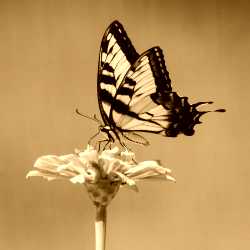Dart quick start
Last updated: Oct-31-2023
This quick start is intended to let you quickly try using several common Cloudinary features. It doesn't necessarily employ coding best practices and the code you create here isn't intended for production.
You can perform this quick start in a code sandbox or in a clean project in the dev environment of your choice.
You can also view the completed code of this quick start in a GitHub repo.
You may also find our Glossary helpful to understand Cloudinary-specific terminology.
In this quick start you'll learn how to start delivering your media from Cloudinary using the @cloudinary_url_gen package.
Prerequisites
To perform this quick start, you'll need:
- A Cloudinary account. If you don't have one yet, you can quickly register for free.
- Your product environment credentials. You can find your credentials in the Dashboard page of your Cloudinary Console.
- A working Dart development environment with a supported version of Dart.
1. Set up and configure the SDK
Install the package
Install the @cloudinary_url_gen package by adding Cloudinary as a dependency in your pubspec.yaml file.
Configure Cloudinary
Within your main.dart file, use your API environment variable to configure your credentials (replace cloudinary://my_key:my_secret@my_cloud_name below with your environment variable value):
2. Upload an image
Copy and paste this into main.dart:
3. Transform and deliver the image
Displaying the full image URL based on the specified transformation parameters:
Copy and paste the following code, under the configuration code:
docs/models asset, you might want to use that public ID instead of cld-sample. If you're using an image with a public ID other than cld-sample, make sure to update your code for the remainder of this quick start with the public ID of the image you're delivering.4. Run your code
Run the code to see the transformed image.

View the completed code
This code is available on GitHub.
- Understand the architecture of the Dart SDK and get a more detailed overview of the libraries.
- Find out more about transforming images and videos using
@cloudinary_url_gen. - View a comprehensive listing of all available transformations with syntax details and examples in the transformation reference.
 Programmable Media
Programmable Media
 Digital Asset Management
Digital Asset Management